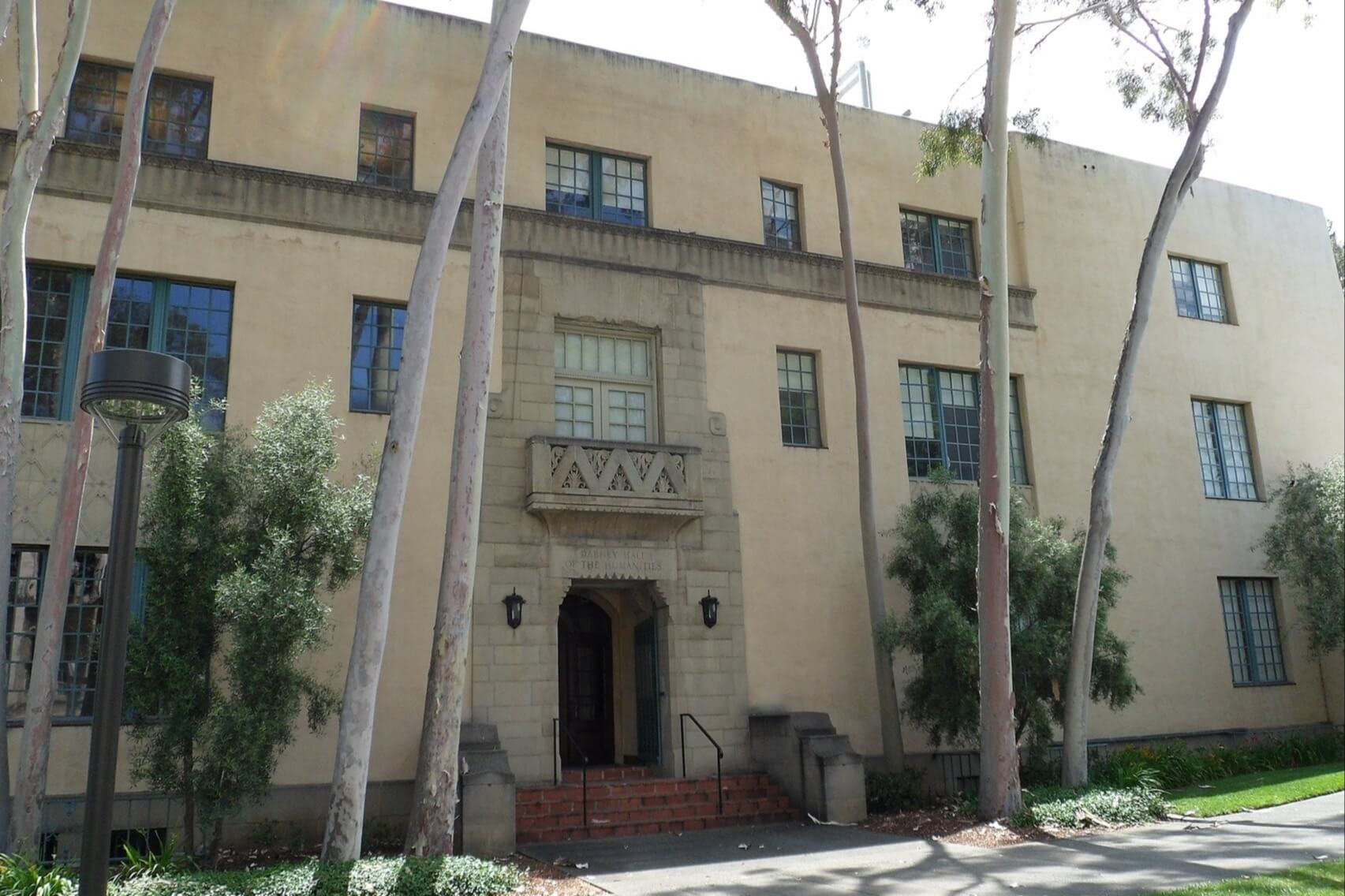
Humanities at Caltech
I remember being a junior in HS and my APCS partner, Brooke, had just gotten accepted into Caltech. She was looking at the course catalog for humanities courses during class (instead of working on our project) and shaking her head at the offerings. When May rolled around, she told me part of the reason she didn’t choose to go to Caltech was how the humanities courses seemed to be “too scientific,” with classes that integrated history with quantum physics, etc. A year later, when I was in the same situation, I decided to matriculate to Caltech for its strong STEM offerings, but felt some anxiety about how my love of the humanities would be fed during my four years of undergraduate education.
My first humanities course at Caltech was the History of China. I walked into the classroom on the first day, not knowing what to expect. It ended up being one of the most comprehensive and rigorous classes I’ve taken at Caltech. It was a pure history course, with sometimes up to a hundred pages of reading each week of old documents, philosophical texts, etc. While this was not an experience I wanted to replicate for the rest of my humanities courses at Caltech, I definitely realized that there were opportunities to do “pure” humanities classes if I wanted to.
I began to tailor my humanities courses more towards subjects I enjoyed. As part of the core requirements, students need to take 12 terms of humanities and social sciences, which breaks down to one humanities class per term. Two of the classes are “frosh hums,” which refer to pre-requisite classes you need to complete before moving to the advanced humanities, and can be graded as Pass/Fail. My two frosh hums were in history and philosophy, meaning that I could then take upper level history and philosophy (100+ coded courses) classes and have them count towards my advanced humanities requirement. There is also a social sciences requirement, which refers to classes in subjects such as economics, political science and psychology. These classes tend to be more STEM heavy than the humanities classes. Core requirements dictate students take two introductory social sciences (mine were in economics and psychology) after which advanced courses in these areas would count as advanced social science credits. Within these requirements, students also need to take three “writing-intensive” classes, which are just 100+ coded humanities courses (but don’t necessarily include 100+ coded social science classes!).
So here’s the breakdown as of May 2022:
- 2 freshman humanities classes in History, English or Philosophy
- 2 advanced humanities classes based on what you took as a prerequisite
- 2 introductory social sciences in Economics, Political Science, Psychology (and also Anthropology)
- 2 advanced social science classes based on your prerequisite
- 4 additional humanities/social science classes
- Within the requirements above, 3 of these classes need to be writing intensive
When I decided that I enjoyed neuroscience, I began to satisfy my requirements with Psychology classes that were often cross-listed as neuroscience or neurobiology. Many students at Caltech, especially in the CS option, decide to double major in BEM, short for Business, Economics and Management. This is very doable and common, but requires you to “use” all of your classes on BEM/Econ classes, which often involve a lot of math. I know several people who have doubled majored in History, English and Political Science, some of whom are Admissions Ambassador bloggers; hopefully they’ll write more about their experiences!
Even with my interest in the social sciences, I have taken some amazing humanities classes here at Caltech. It hasn’t been like what my friend, Brooke, was worried about all those years ago. I took a class named Perspectives in Russian Literature where I read Crime and Punishment for the first time, and got the opportunity to think deeply about its underlying themes. During the pandemic, I took a class on historical epidemics of diseases such as smallpox and polio that gave me more perspective on what I was currently going through. Even the classes I’ve taken that have a heavy scientific component tend to be cognizant that the material should be fundamentally humanistic, and integrate this within the curriculum.
This is my experience with humanities at Caltech. I hope this provided some useful information if you’re worried about attending Caltech because of its humanities offerings or that it’s too STEM-heavy; there are opportunities to explore other subjects outside of the “tech” in Caltech.



